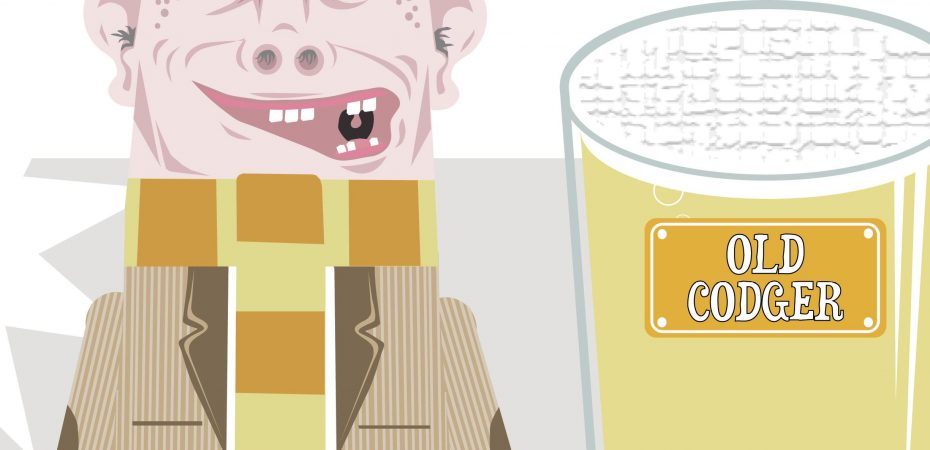These are two quotes from opposite ends of the beer-production spectrum. The first quote comes from Anheuser-Busch, who produce (in terms of volume consumed) the most popular beer in the world, Budweiser. The second is from Eldridge Pope’s Thomas Hardy’s Ale (now brewed under licence by O’Hanlons), previously styled as ‘Britain’s rarest ale.’
Obviously, the above statements can’t both be true, so which one is?
The answer is, as always, it depends. Some beers are indisputably better when they are fresh, while others can benefit from a little ageing.
I’m going to rather disingenuously ignore the brewing process as a contributor to the ageing process, because I want to look at the changes that happen in the bottle after the beer is sealed. What I’m curious about is what makes a beer suitable for extended cellaring, and as a way of exploring this, I’ve poked around in my beer hole (if you’ll pardon the expression) and found three aged beers, which will be compared with fresh examples of the same; Hoegaarden Wit, Westmalle Triple, and, glory be, three vintages of Thomas Hardy’s Ale.
To kick off with, let’s have a look at the Hoegaarden Wit, in its 25cl bottling, marked at 4.9% ABV.
The aged bottle passed its expiry date in November 2004. It’s being compared to a bottle that expires in June 2006, which would make it relatively fresh at the time of sampling.
Pouring them side by side, there is a marked difference in the way that they foam, the younger one producing a tighter, longer lasting head, as opposed to the rather scummy-looking head on the aged one.
The colour too is different, the aged sample having lost a lot of the famous ‘double shine’, and has also browned slightly. A good sniff reveals yet more differences; while the fresh bottle has a crisp, citrus and spice tang to it, the old bottle is distinctly tired, with little spice, and a note that suggests overripe fruit (melons and bananas) and a distinct whiff of rotting veg.
Being nothing if not thorough, I taste them both; the young sample is as good as you might expect – crisp, spritzy, perfumed – and while the old sample is drinkable, it has a lot more unpleasant vegetal aromas present, and a hint of butterscotch in the finish. This beer DOES taste better when it’s fresh.
While this is an example of a beer that clearly doesn’t lend itself to ageing (and to be fair, nobody is trying to say that it should), it’s interesting to see what has happened to the aged beer. It’s lost most of the delicate flavour and aroma that are a cornerstone of the style, and gained a lot of other stinky notes that really shouldn’t be there.
This is caused by the oxygen trapped in the bottle reacting with the beer (or more specifically, the flavour and aroma compounds in the beer), breaking them down into things that we don’t expect, and don’t really want in our beer.
It’s unsurprising that such a delicate beer with a relatively modest alcohol content has suffered so badly, but what about something a bit more robust?
The Westmalle Triple (9.5% ABV) I have in front of me is also over a year past its best before date, and is paired with a bottle that expires in about a year’s time, so we’re looking at what a difference of two years makes to this fairly strong, classic Trappist triple.
This Article is from Beers of the World Issue 4, and the rest can be found here.

